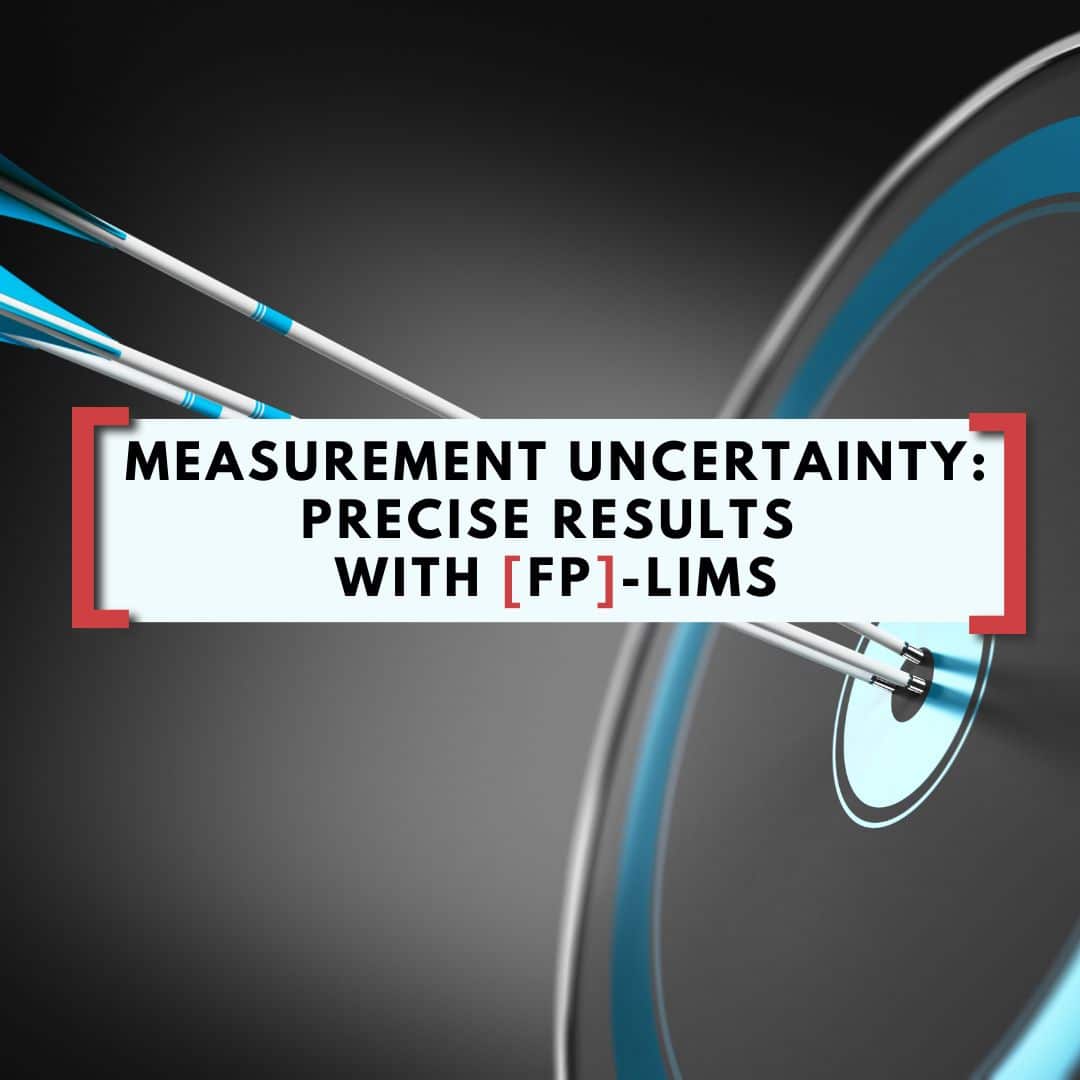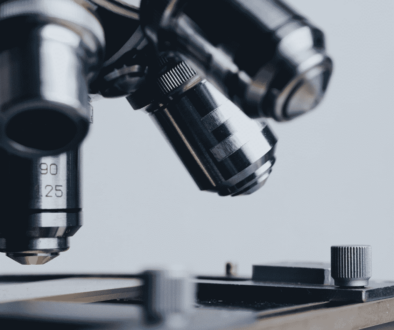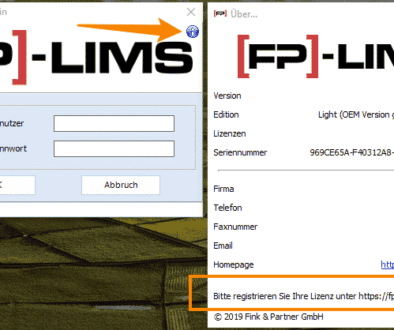
Measurement uncertainty: Precise measurement results with FP-LIMS
Whether in production, in the laboratory or in quality assurance: measurements form the basis for reliable decisions and actions. But how accurate are the results of measurements actually? And how sure can we be that they actually correspond to the facts? These questions lead us to the topic of “measurement uncertainty”. As a quality manager and laboratory manager, you are certainly already familiar with this term. Determining the uncertainty of measurements is an important basis for evaluating measurement results. It helps us evaluate the accuracy of measurements and quantify the uncertainty of results.
In this blog post, we will take a closer look at the topic of “measurement uncertainty”. We will explain why it is so important to address this topic, what methods exist for determining measurement uncertainty, and how [FP]-LIMS can help achieve more precise measurement results.
What does uncertainty of measurement mean?
Any measurement is inherently imprecise and subject to imperfections that cannot be quantified precisely. This means that measurements cannot provide absolutely accurate values, as the result depends on various factors such as the measurement method used, environmental conditions such as temperature, humidity and ambient pressure, the performance of the measurement technology used and the competence of the personnel. It is therefore crucial to consider the measurement uncertainty and to ensure that measurements are carried out under the best conditions to obtain accurate results.
Why is the topic relevant for all those who perform measurements?
In order to be able to assess and further use a measurement appropriately, it is necessary to make a statement about the quality of the result in addition to the determined estimated value of the measurand. The specification of the measurement uncertainty is of central importance here, as it strengthens confidence in the measurement results and enables a comparison of different measurements. Insufficient consideration of measurement uncertainty can lead to incorrect conclusions and decisions based on inaccurate data. This makes measurement uncertainty an indispensable aspect of quality assurance and laboratory work.

What are the benefits of systematically implementing a solution for measurement uncertainty?

- Improving the quality of measurement results: By considering measurement uncertainty and implementing measures to reduce it, measurements can become more accurate and reliable. This can help minimize errors and improve the quality of products and services.
- Audit requirement: In particular, measurement uncertainty is considered in the certification of quality management systems in accordance with the ISO 9001 standard.The standard requires that the measurement equipment used to monitor and measure processes and products is suitable and calibrated. In addition, organizations must also ensure that measurement uncertainty is known and acceptable to ensure that measurements are reliable and meaningful.During the audit, it is verified that the company has implemented an appropriate and systematic approach to address measurement uncertainty and that the measurements performed have been appropriately documented. The verification of measurement uncertainty can thus be an important part of the audit to ensure that the organization’s quality management system meets the requirements of the standard.
- Improved data basis: by taking measurement uncertainty into account, decisions can be based on sound and reliable data. This can help avoid poor decisions and reduce the risk of errors and failures.
- Improved efficiency: Implementing a solution for measurement uncertainty can help minimize unnecessary errors and repetitions in measurements, thereby increasing efficiency and productivity.
The advantages of FP-LIMS for the determination of measurement uncertainties
The LIMS (Laboratory Information Management System) [FP]-LIMS can help quality managers and laboratory managers to make the determination of measurement uncertainty more efficient and precise. [FP]-LIMS provides a central platform for collecting, storing and managing measurement data.
By integrating functions for determining measurement uncertainty, laboratory managers can quickly and easily calculate and document measurement uncertainty. [FP]-LIMS enables the automatic input of measurement data from various sources, which also leads to higher accuracy and efficiency. Automated measurement data processing reduces the time required for manual calculations and increases the reliability of results.
In addition, LIMS enables monitoring of measurement data and tracking of trends, which contributes to improved measurement quality and optimized laboratory performance. Overall, [FP]-LIMS makes it easier for quality managers and laboratory managers to determine measurement uncertainty and helps ensure that high-quality results are achieved.

Conclusion: Important factor for the qualified evaluation of measurement results
In summary, measurement uncertainty is an important factor in the evaluation of measurement results and accurate determination of measurement uncertainty is essential for quality managers and laboratory managers. Determination of measurement uncertainty can be performed using various methods, and the use of a LIMS such as [FP]-LIMS offers numerous advantages.
Efficient and accurate determination of measurement uncertainty enables reliable evaluation of measurement results and helps to make informed decisions and comply with quality standards. The measurement uncertainty functionality is included as standard in the [FP]-LIMS test order module.
You don’t have a LIMS in use yet, but would like to use the functionality? You have an [FP]-LIMS installation but do not yet use the test order module with integrated measurement uncertainty? Feel free to contact our sales team or arrange a demo.


